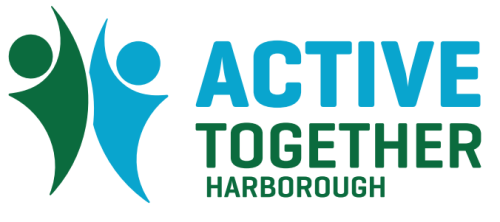Posted: Thu, 7 Dec 2023 10:05
Children and young people's overall activity levels are stable as the initial recovery from the pandemic was maintained across the 2022-23 academic year.
It means 47% of children meeting the Chief Medical Officers' guidelines of taking part in an average of 60 minutes or more of sport and physical activity a day.
The figures, which Sport England have published today in their latest Active Lives Children and Young People Survey Report, are in line with the 2018-2019 academic year, the last full year before the pandemic, and higher than in 2017-18 when they launched the survey.
Today's findings reinforce that participation in sport and physical activity varies greatly. Significant inequalities remain in activity levels, with Black (40%) and Asian (40%) children and young people, and those from the least affluent families (44%), still less likely to play sport or be physically active than the average across all ethnicities and affluence groups. Girls (44%) are also less likely to be active than boys (51%).
The release also reveals a number of positive stories, however, including 68,000 (1.5%) more girls playing football since the Lionesses won Euro 2022. There are now 845,000 girls playing the game in England, an increase of 176,000 (4%) since the 2017-18 academic year.
There are also one million (11.5%) more children and young people walking, cycling or scootering to get places than there were five years ago (academic year 2017-18), as increases in active travel during the pandemic have been maintained since society returned to normal.
From previous research, it is already known that cost-of-living concerns have impacted children and young people's relationship with sport and physical activity.
In February, Sport England's Activity Check-in revealed that almost one in five parents/carers said they were using free activities for their children to socialise with friends instead of paid, while 12% said they'd reduced the regularity of paid activities.
And today's report builds on these areas of concern. Children and young people from the least affluent families are the least likely to be active, with only 44% meeting the Chief Medical Officers' guidelines – compared to 55% of those from the most affluent families.
Furthermore, the number of children doing no activity at all in the previous seven days has increased with 127,000 more children (1.4%) falling into this category compared to 2017-18, meaning there are now more than 600,000 children in England doing no activity at all.
This highlights how important it is to meet the Government's ambitious target of getting one million more children active by the end of the decade, as well as the scale of the challenge facing the country to do so.
Read the full report here.
(Source and Image: Sport England)
More information: https://www.active-together.org/researchandevidence/active-lives-children-and-young-people-survey-202223-report





















